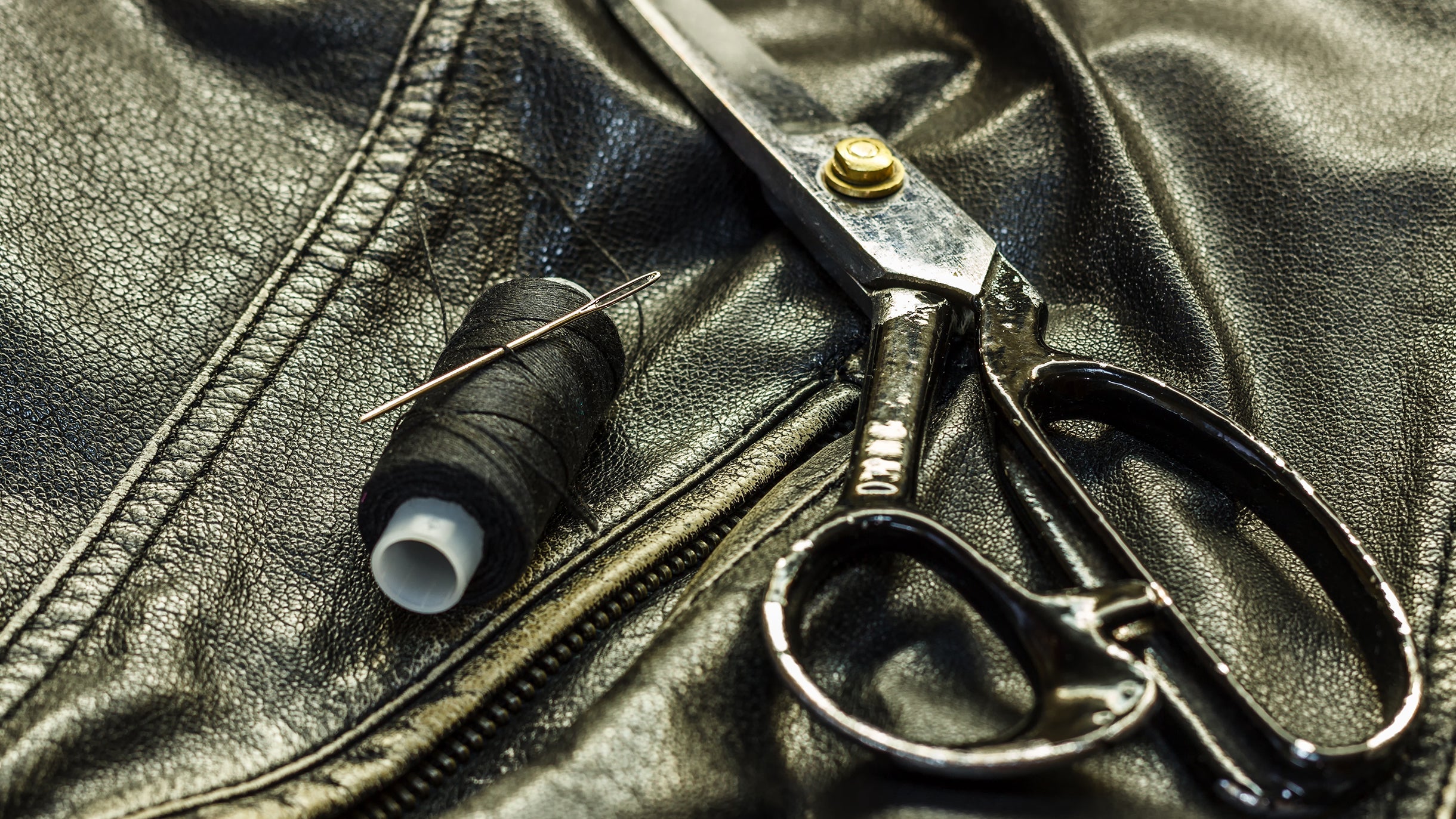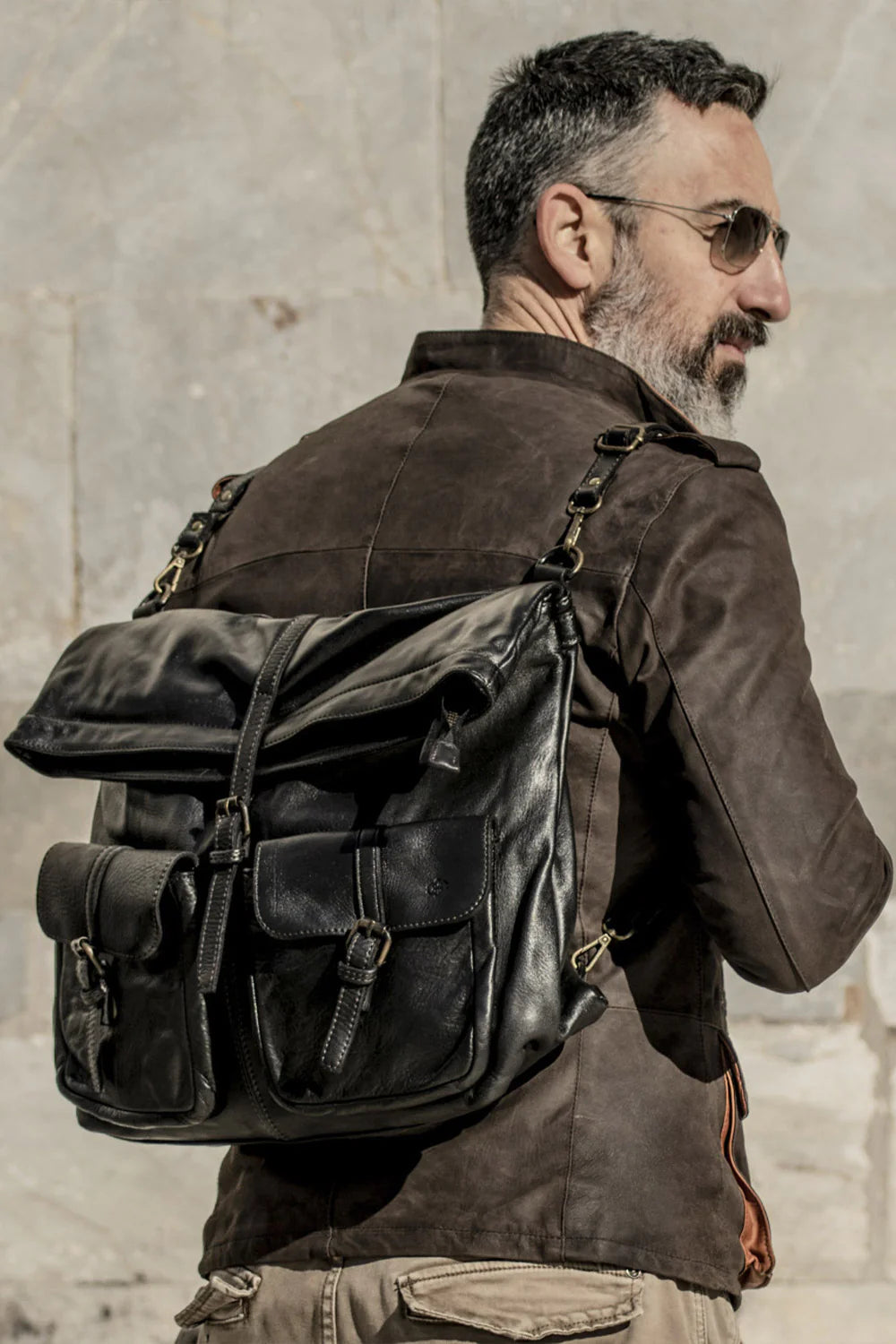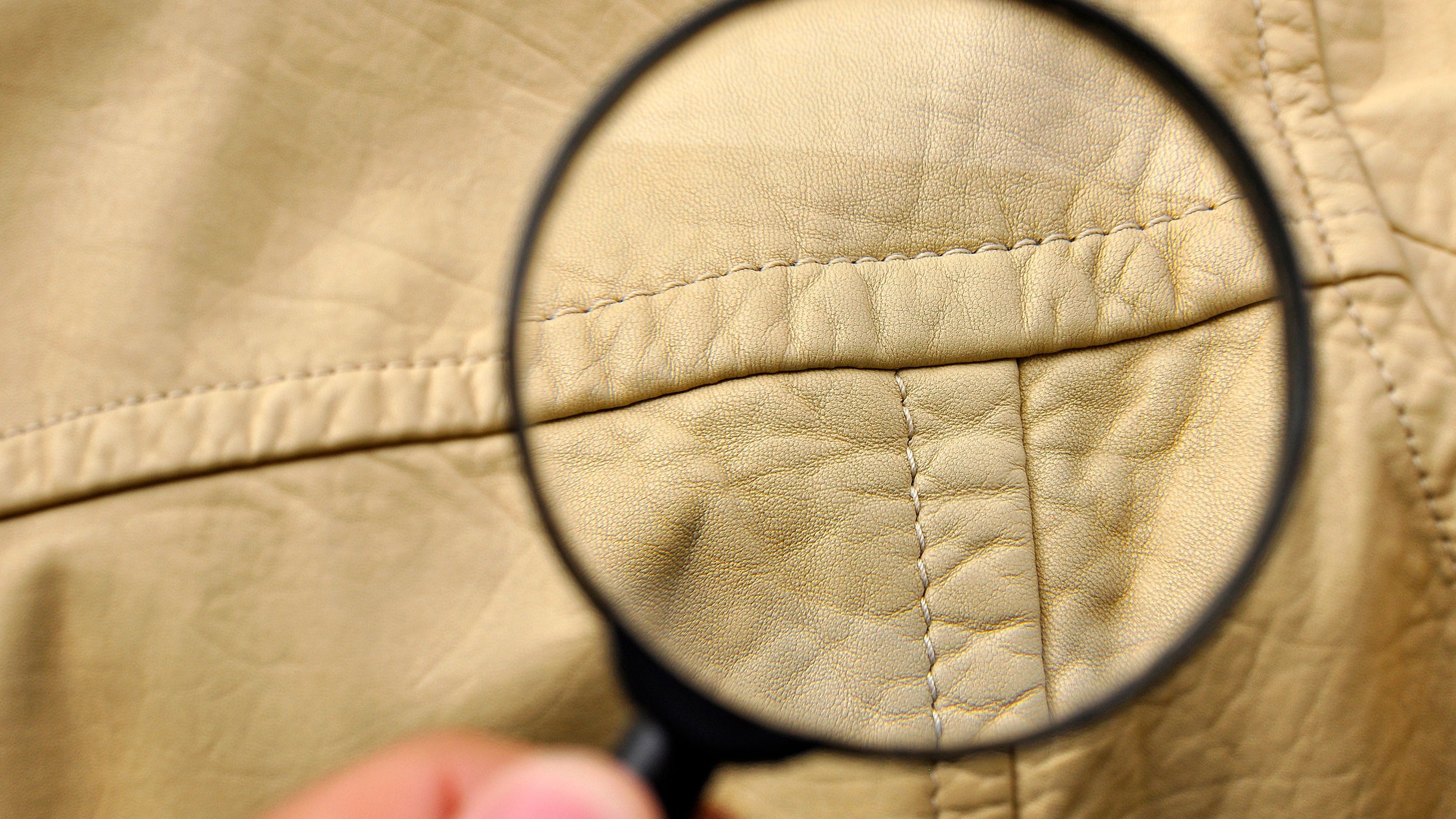
Riparare un giubbotto di pelle rovinato
Anche con le migliori cure, un giubbotto di pelle può subire danni nel tempo. Barone Firenze consiglia di rivolgersi a un esperto per le riparazioni più complesse, ma esistono alcune piccole riparazioni che è possibile effettuare in autonomia. Ecco alcuni suggerimenti su come gestire le riparazioni fai-da-te senza compromettere la qualità del tuo capo.
Trattare Graffi e Scolorimenti
Se il giubbotto di pelle presenta graffi o scolorimenti localizzati, puoi utilizzare prodotti specifici per la riparazione della pelle. Ecco come procedere:
-
Pulizia della superficie: Prima di applicare qualsiasi prodotto, pulisci delicatamente la superficie della pelle con un panno morbido e un detergente specifico per la pelle. Questo rimuoverà sporco e oli che potrebbero impedire al prodotto di aderire correttamente.
-
Applicazione del prodotto riparatore: Usa una piccola quantità di crema o balsamo riparatore per pelle, seguendo le istruzioni del produttore. Massaggia il prodotto sulla zona interessata con movimenti circolari fino a che il graffio o lo scolorimento non siano meno visibili.
-
Asciugatura e lucidatura: Lascia asciugare il prodotto secondo le indicazioni del produttore e poi lucida la superficie con un panno pulito per uniformare il colore e dare lucentezza.
Riparare Cuciture Rotte
Per riparare una cucitura rotta, è possibile utilizzare ago e filo specifici per la pelle. Ecco i passaggi da seguire:
-
Preparazione degli strumenti: Avrai bisogno di un ago robusto, specifico per la cucitura della pelle, e di un filo cerato, che è più resistente e scivola meglio attraverso il materiale.
-
Riparazione della cucitura: Inserisci l'ago con il filo attraverso i fori esistenti o crea nuovi fori utilizzando un punteruolo. Cuci la pelle con punti piccoli e stretti, assicurandoti che il filo sia ben teso ma non troppo stretto per evitare ulteriori danni.
-
Fissaggio del filo: Una volta terminata la cucitura, fissa il filo con un nodo solido e taglia l'eccesso. Puoi usare una goccia di colla specifica per pelle per sigillare il nodo e assicurarti che non si sciolga.
Precauzioni per le Riparazioni Fai-da-Te
Barone Firenze raccomanda di prestare attenzione alle riparazioni fai-da-te e di non utilizzare prodotti o strumenti che possano danneggiare ulteriormente il giubbotto di pelle. Ecco alcune precauzioni da seguire:
- Test preliminari: Prima di applicare qualsiasi prodotto sulla pelle, esegui un test su una piccola area nascosta per verificare la compatibilità.
- Utilizzo di prodotti specifici: Usa solo prodotti progettati specificamente per la pelle. Evita prodotti chimici aggressivi che possono danneggiare o scolorire la pelle.
- Strumenti adeguati: Assicurati di utilizzare strumenti appropriati per la lavorazione della pelle, come aghi e fili specifici, per evitare di strappare o danneggiare il materiale.
Quando Rivolgersi a un Professionista
In caso di danni estesi o complessi, è sempre meglio rivolgersi a un professionista. Riparazioni come la sostituzione di cerniere, l'applicazione di toppe su buchi grandi, o il restauro di pelle molto usurata richiedono competenze specialistiche. Un esperto saprà come trattare la pelle per preservarne la qualità e l'aspetto originale.
⚠️ Attenzione!
Anche con le migliori cure, il tuo giubbotto di pelle può richiedere riparazioni nel tempo. Seguendo i consigli di Barone Firenze, puoi gestire piccole riparazioni fai-da-te con successo, mantenendo il tuo capo in ottime condizioni. Ricorda di prestare attenzione ai dettagli e di non esitare a consultare un professionista per riparazioni più complesse. Con la giusta manutenzione e riparazione, il tuo giubbotto di pelle potrà durare anni, mantenendo sempre il suo fascino e la sua funzionalità.








